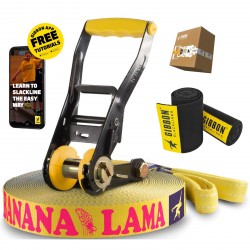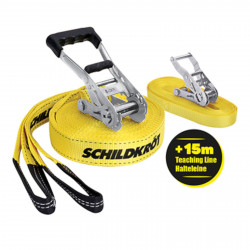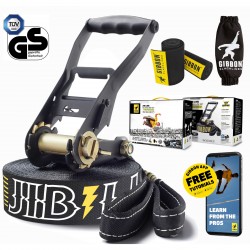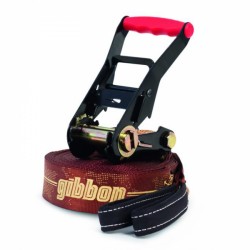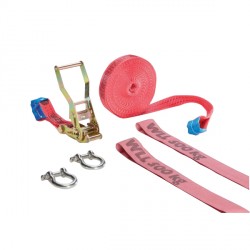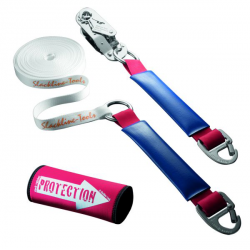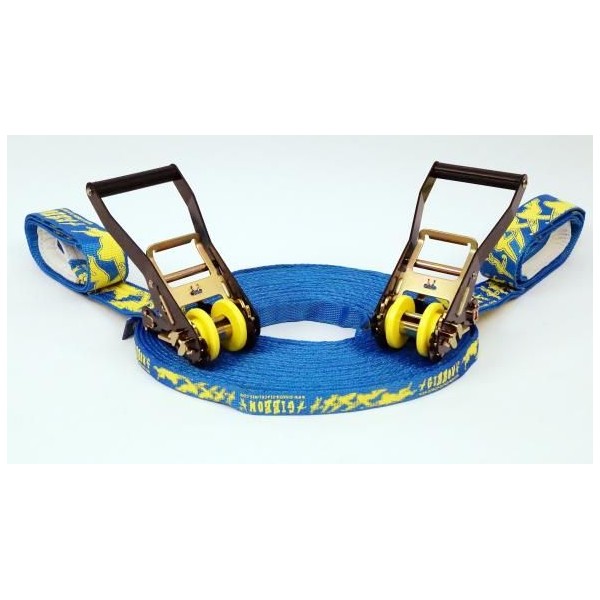Filter
Buy Slackline at Europe's No. 1 for home fitness
While balancing over the slackline you train balance, coordination and concentration - and have a lot of fun!
-
from 213,39 €
-
48,03 €
-
84,90 €
-
84,90 €
-
85,37 €
-
84,90 €
-
In stockSport-Tiedje Expert Review
- Backpacker
- Family/children
- Fitness/therapy
- Freestyler
- Outdoorer/Kletterer
47,90 € -
In stockSport-Tiedje Expert Review
- Backpacker
- Family/children
- Fitness/therapy
- Freestyler
- Outdoorer/Kletterer
from 42,90 € -
In stockSport-Tiedje Expert Review
- Backpacker
- Family/children
- Fitness/therapy
- Freestyler
- Outdoorer/Kletterer
63,93 € -
In stockSport-Tiedje Expert Review
- Backpacker
- Family/children
- Fitness/therapy
- Freestyler
- Outdoorer/Kletterer
62,90 €
Sport-Tiedje puts each fitness equipment through its paces. Then our team of sports scientists, serious athletes, and service technicians of many years of experience evaluate the products of different categories.
Compare easily the products using the Sport-Tiedje expert review and find your appropriate equipment.
Slacklines are lines, loosely tensed between two points. Trees, which stand about 15 to 25 m apart, are often chosen as mounting points. Slacking demands a mixture of balance, coordination, and concentration. Slacklining was developed by climbers in the US at the beginning of 1980s. In the meantime, slacklines are worldwide known and a great fanbase has developed.
Slacklines can be divided in different categories.
In order to establish slacklining permanently, sustainability is the most important aspect. Therefore, slackliners should absolutely mind a respective protection of the bark for use of trees as points of fixation. While the sets of the manufacturer Slackline-Tools already include an appropriate tree protection, this is available as affordable accessory for products of Gibbon.
Slacklines can be divided in different categories.
- The most frequent kind of Slackline is the Lowline bzw. Trickline. The weakly tensed line is on height of knees or hips.
- Jumplines are strongly tensed lines making even somersaults possible.
- A Waterline is a slackline which is tensed over water, where orientation is much more difficult, because anchors for aiming at are missing in the underground.
- Highlines are tensed in a high altitude and should only be used with respective protection.
- Long Lines are extremely long slacklines, which can reach lengthes up to 100 m.
In order to establish slacklining permanently, sustainability is the most important aspect. Therefore, slackliners should absolutely mind a respective protection of the bark for use of trees as points of fixation. While the sets of the manufacturer Slackline-Tools already include an appropriate tree protection, this is available as affordable accessory for products of Gibbon.




